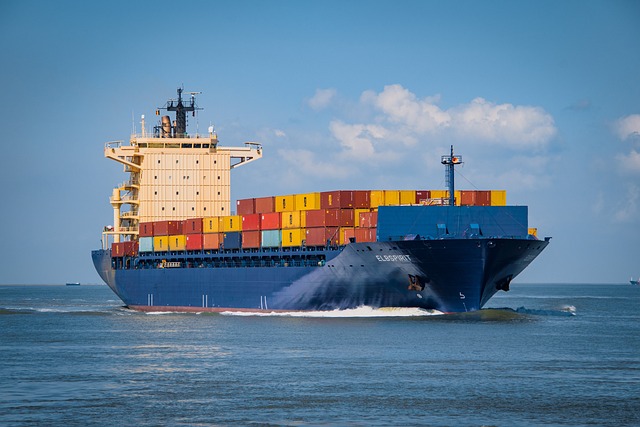Sustainable shipping has great potential to reduce the environmental impact of the transport sector. In this blog post, we explore the challenges of implementing green shipping and what the future holds for the sector.
Why “green” shipping is important
Shipping is of immense importance to global trade. However, it also comes with a high environmental impact, especially through the use of fossil fuels such as heavy fuel oil. In order to minimise the impact on the environment and to meet future requirements for sustainable shipping, the issue of “green” shipping is becoming increasingly important. This involves promoting the use of renewable energies and environmentally friendly technologies and processes in shipping. Green shipping has the potential not only to reduce environmental impacts, but also to save costs and create competitive advantages. However, there are still many challenges to overcome, such as financing investments in sustainable technologies or developing international standards for environmentally sound practices in the shipping industry.
otencial for “green” shipping: technologies and concepts
Shipping is one of the most important means of transport for international trade and contributes significantly to the global economy. However, it also pollutes the environment through emissions of greenhouse gases and pollutants. For this reason, shipping companies are looking for technologies and concepts to make their fleets more environmentally friendly. There are already some promising approaches such as alternative fuels like LNG (Liquefied Natural Gas), reducing the weight of ships through innovative materials or using hybrid and electric motors. The concept of using wind power is also being discussed again and again. But despite these advances, the implementation of the technologies and concepts remains a challenge, as they are associated with high costs and are often not yet fully developed. Nevertheless, the potential for “green” shipping is enormous and work continues to realise this vision.
Challenges for “green” shipping: costs, infrastructure and regulation
More sustainable shipping is urgently needed to combat climate change. However, there are also some challenges that need to be overcome. One of them is the cost issue. Investment in green technologies and infrastructure can be very expensive and operating costs can be higher than for conventional ships. Another challenge is infrastructure. Ports need to be upgraded to meet the needs of green shipping. Regulation also plays an important role. Clear regulations and standards for ship emissions need to be established to ensure that all stakeholders are held to the same standards. Despite these challenges, the potential for more sustainable shipping remains great and there are many opportunities to overcome these challenges and invest in a greener future.
Examples of successful implementation of green shipping: real-life experiences
There are already some successful examples of green shipping implementation in the shipping industry. For example, the shipping company Maersk has converted its fleet and now relies on energy-efficient measures such as the use of sails or the installation of hybrid engines. The Norwegian ferry company Norled has also caused a stir with its electric ferry project. The ferries are powered by electricity from renewable sources and thus have significantly lower CO2 emissions than conventional ferries. These examples show that sustainable shipping is definitely possible and can also be economically successful. However, much remains to be done to fully exploit the potential of “green” shipping and to overcome the challenges.
Future prospects for “green” shipping: opportunities and risks
The shipping industry is increasingly turning to “green” technologies and alternative fuels to reduce CO2 emissions and create a more sustainable future. The opportunities for “green” shipping are great: not only can it help combat climate change, but it can also save costs and create new business opportunities. However, there are also risks that need to be considered. The development of new technologies and infrastructure requires investments that may not be immediately profitable. In addition, regulatory requirements may change and unforeseen technical problems may arise. Nevertheless, green shipping remains an important area for innovation and progress in the industry.
Conclusion: Summary of key findings and recommendations for action
In summary, there is great potential for the shipping industry to become more environmentally friendly. There are various technologies and measures that can contribute to this, such as the use of LNG as fuel or the optimisation of route planning. The development of alternative propulsion systems such as hydrogen or electricity is also promising. However, there are also challenges to overcome, such as high investment costs and limited availability of infrastructure and resources. It is important that all stakeholders in the shipping industry work together to create a sustainable future. Companies should take the long view and not just focus on short-term profits. Governments can help facilitate the transition to green shipping through support programmes and incentives. The future of shipping lies in a combination of technical innovation and a holistic approach to sustainability.

